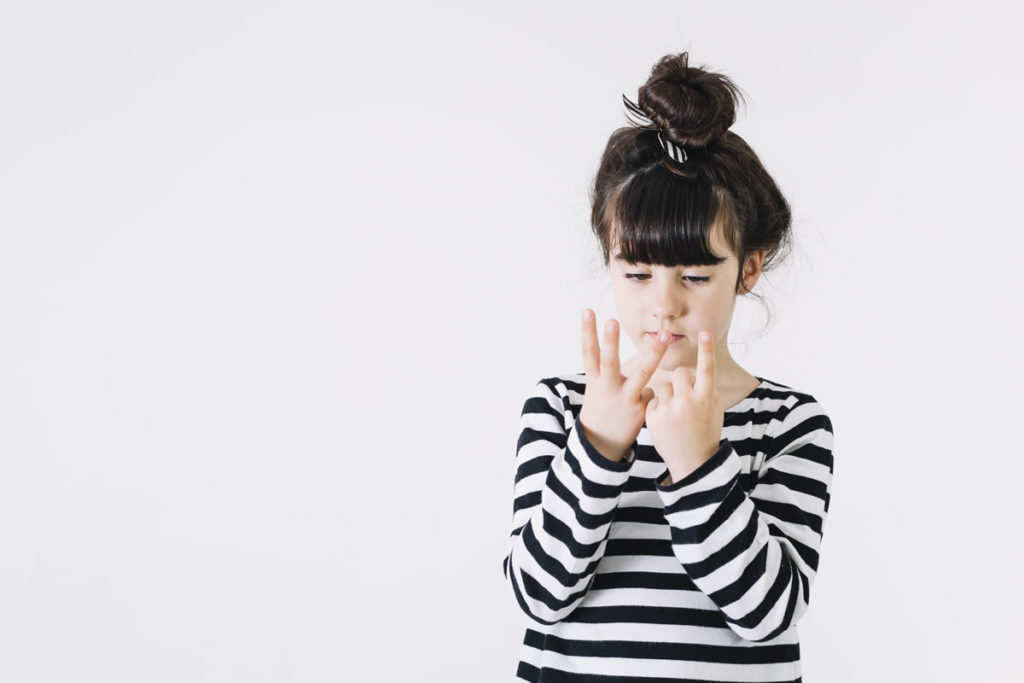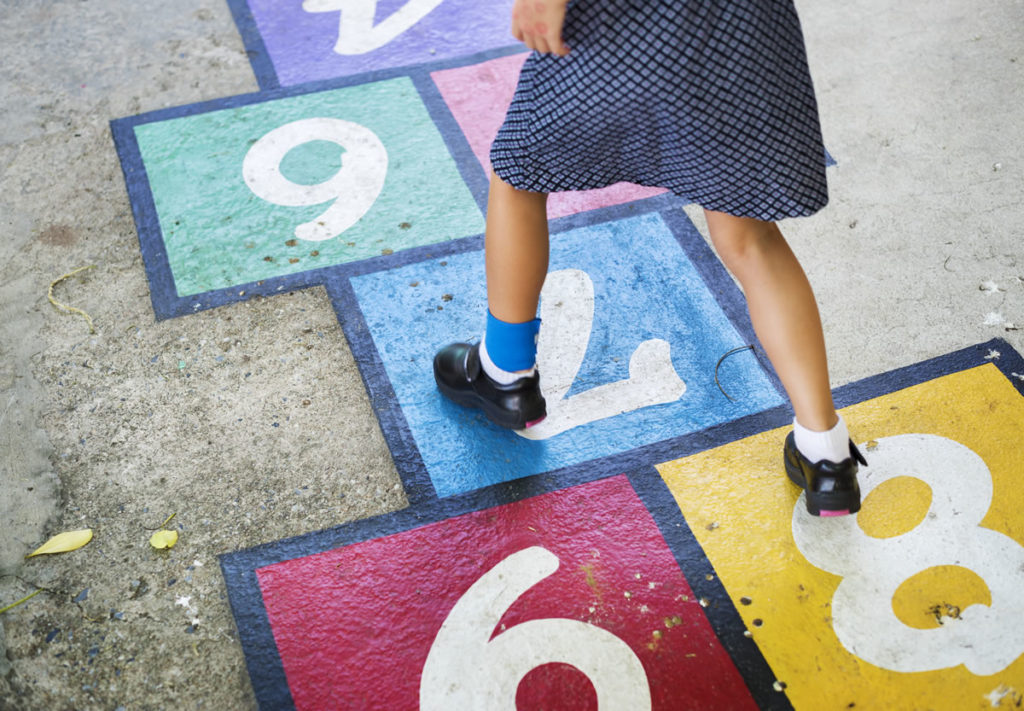In this article, dedicated to offering new strategies with which to work on counting , it is intended that these original and novel strategies incorporate other positive additional benefits, such as, for example, working on gross motor skills at the same time.
The activity, ideal for groups of children, has been planned as follows: students should practice counting through physical exercise , such as jumping jacks, learning to count mentally while cooperating in a group. This activity is multidisciplinary, so it allows different profiles of teachers to work on it (physical education, mathematics) or even for several disciplines to come together to carry it out in games or competitions at the level of different schools.
NECESSARY MATERIALS
- A rubber ball (or rope, or hula hop …).
- One pencil per student.
- One sheet of paper per group of tables.
- Much imagination and speed.

How to work on counting through physical exercise
To carry out the activity, the classroom must be divided into cooperative groups of about four or five students. Once the class is organized, the teacher can ask: “Who can count how many of us are in the class faster?” Have one student stand up and count how many members the class is made up of. Most likely, students will count one at a time when finding the total.
After this simple step is done, you can ask the following: “Is there an easier or faster way to count all the members of this class?” If students are not doing it themselves, teach them to count two by two or three by three and show them that it is a much faster way to count groups of people. If they still do not succeed, prove it by separating the students two by two or distributing an object for every two students. For example, you can also help yourself with a ball and make it bounce as many times as there are students; The students must jump to time and count the boats that follow with jumps. In this way the students will also do a brief warm-up that will allow them to concentrate better for the next part of the class.
You can also do this ball activity with the children one at a time. To do this, you must ask a boy or girl to come out and face the class. You will have to jump as many bounces as the ball you hear, and the rest of the students (individually or in groups), with the help of a sheet and a pencil, should write down how many jumps your partner makes.
This dynamic can also be done in race form for added dynamism. Each group will have a sheet of paper, and when they hear the word “let’s go” they should write down quantities with multiples of 2, for example: for the number 100 the first child will write down a 2, the second a 4 … and so on until they arrive to the number 100. Once finished, they should pass the sheet of paper to the team next to them and they should represent each figure that has been given with little jumps, which can be given in place or in circles. Next you should check the level of understanding of the groups , both of those who represent the figure with jumps and that of those who must do it with numbers silently on paper.
Other alternatives to work the count
Through these types of games, children will learn to appreciate how important it is to keep an account well, and the best thing is that they will be able to work on mental calculation in a fun and enjoyable way, forgetting about negative tactics such as counting on the fingers .
This dynamic can be carried out in the open air and hoops (hula-hops) can be introduced for the children to jump across the playground or for them to say the “silent figure to discover” with colored balls, water balloons, skips … that we can think of. The important thing is that students work on the count, according to their level, while doing physical exercise that, by relaxing the mind, will allow children to reach a greater level of concentration necessary to learn to keep a count in silence and to practice the important and necessary mental math . A hopscotch or hopscotch can also be painted on the ground so that the children who have to mark the number through the exercise do so by jumping over the drawing.

This activity could also be adapted to simple mathematical operations, such as addition and subtraction, or to problem solving: one group is in charge of posing a simple problem and the other groups are in charge of solving it through bounces of the ball or whatever occurs to them. The group with the most hits and the most witty in its response wins.












































































































the material is good